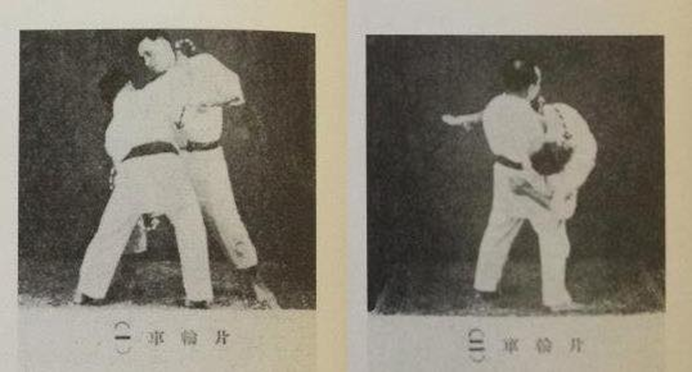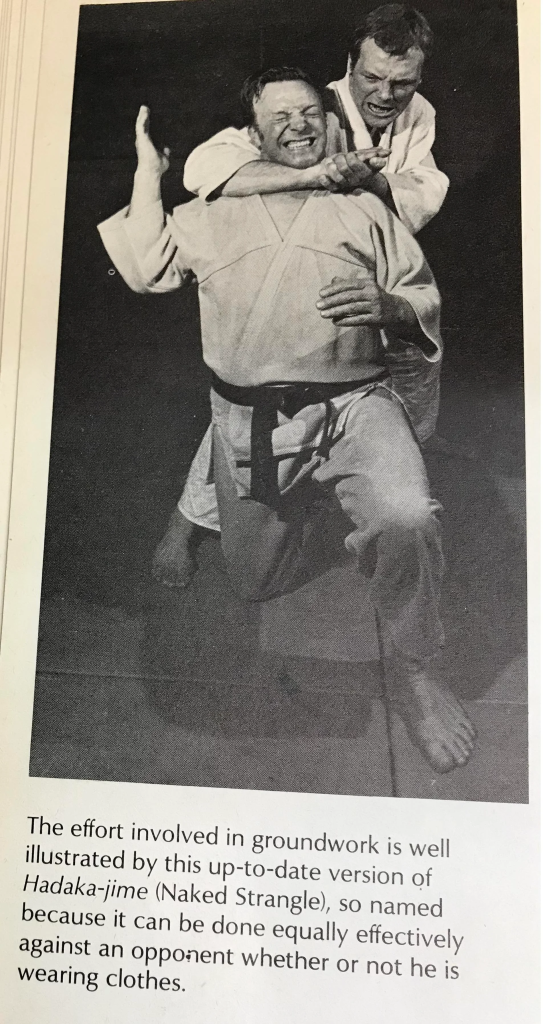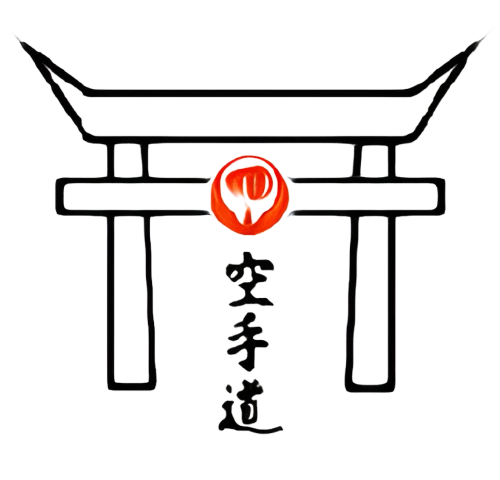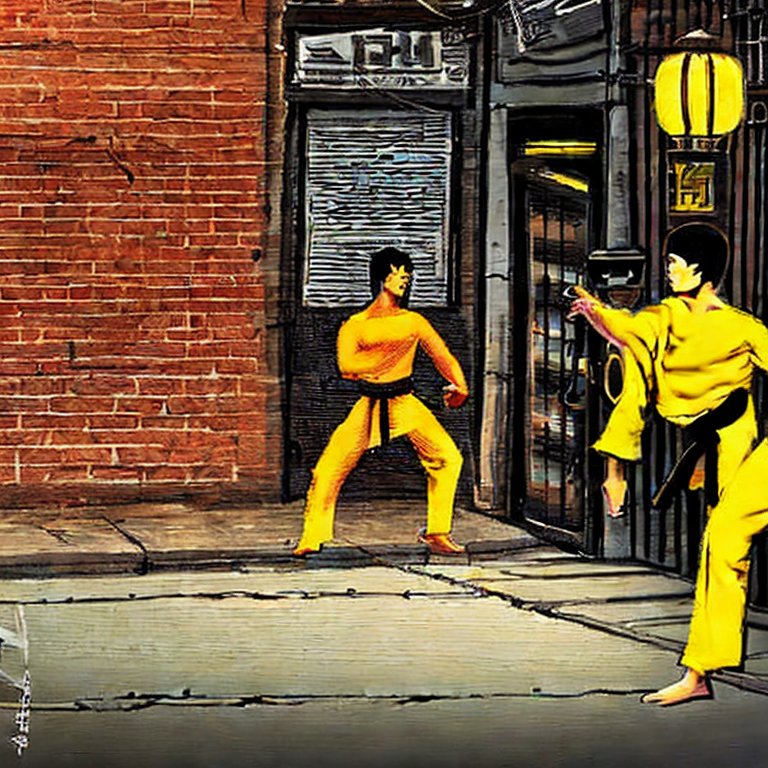Ah, Karate, the ultimate art of self-defense! The mere mention of the word Karate conjures up images of swift punches, powerful kicks, and the legendary “Karate Chop.” However, did you know that Karate is not just about striking? In fact, it is a comprehensive combat system that encompasses a wide range of techniques, including throws, joint locks, ground techniques, pressure points, chokes, take-downs, and much more. In this article, we will explore the lesser-known aspects of Karate and unlock its hidden potential. So, fasten your gi and let’s dive into the world of Karate.
Karate Beyond Striking: An Overview
Karate is an ancient martial art that originated in Okinawa, Japan. It is primarily known for its striking techniques, such as punches, kicks, knee strikes, and elbow strikes. However, Karate has a rich history of grappling techniques as well, which are often overlooked. In fact, Karate’s founder, Gichin Funakoshi, once said, “Karate is not a tool for killing people; it is a tool for improving oneself and society, and it includes grappling techniques.” (I wasn’t there when he said it, but he must have said it at least once, right?)
The Hidden Gems: Karate Throws and Takedowns
Karate has a vast arsenal of throws and takedowns, which can be used to immobilize an opponent quickly. One such technique is the Katawa Guruma, a traditional Karate throw that is still used in wrestling today. It involves gripping your opponent’s arm and leg and lifting them off the ground, followed by a swift rotation and a throw. Another popular technique is the Kani Basami, also known as the “Flying Scissors,” which involves tripping your opponent using your legs while simultaneously gripping their legs. These throws and takedowns require proper training and technique, but they can be devastating when executed correctly.

The Joint Locks: A Painful Reminder
Karate also includes a range of joint locks, which can be used to immobilize an opponent by manipulating their joints. These techniques are especially useful when dealing with larger opponents, as they allow you to neutralize their strength and leverage your own. One such technique is the Ude Garami, also known as the “Shoulder Lock,” which involves trapping your opponent’s arm and locking their shoulder joint. Another technique is the Ashi Garami, or “Leg Lock,” which involves trapping your opponent’s leg and applying pressure to their knee joint. These joint locks can cause excruciating pain and can be used to control or subdue an opponent.
Ground Techniques: Taking it to the Floor
Karate also has a range of ground techniques, which can be used to immobilize or submit an opponent on the ground. These techniques are especially useful in self-defense situations, where you may be forced to fight on the ground. One such technique is the Tate Shiho Gatame, or “Vertical Four-Quarters Hold,” which involves pinning your opponent’s arms and legs to the ground and applying pressure to their torso. Another technique is the Sankaku Jime, or “Triangle Choke,” which involves trapping your opponent’s head and arm with your legs and applying pressure to their neck. These ground techniques require proper training and practice but can be a game-changer in a real-life fight.

Pressure Points: The Silent Assassin
Karate also includes a range of pressure points, which are specific points on the body that can be used to inflict pain or control an opponent. These pressure points are especially useful in situations where you cannot use full-force strikes or grappling techniques. One such technique is the Shihonage, or “Four Corner Throw,” which involves manipulating your opponent’s pressure points to throw them off balance and execute a takedown. Another technique is the Kyusho Jitsu, which involves striking specific pressure points to cause pain or unconsciousness. These pressure point techniques may seem like something out of a ninja movie, but they are real and can be highly effective.

Chokes and Strangles: Taking the Air Out of the Room
Karate also includes a range of choking and strangling techniques, which can be used to subdue or incapacitate an opponent quickly. These techniques require precision and control, as applying too much force can be lethal. One such technique is the Hadaka Jime, or “Naked Strangle,” which involves wrapping your arms around your opponent’s neck and applying pressure to their carotid arteries to cause unconsciousness. Another technique is the Mae Hadaka Jime, which involves wrapping your arms around your opponent’s neck from the front and applying pressure to their windpipe to cut off their air supply. These choking and strangling techniques are not to be taken lightly and should only be used in extreme situations.

Defending Against Weapons: The Ultimate Challenge
Karate also includes techniques for defending against weapons, such as knives, guns, and sticks. These techniques require a high level of skill and training, as they involve disarming and neutralizing an armed opponent. In Wado Ryu for example, we practice Tanto Dori, which involves disarming an opponent wielding a knife. Another example is Jo Dori, which involves disarming an opponent wielding a stick. These weapon defense techniques are not for the faint of heart and require years of practice and dedication to master and even then they are no guarantee for success.
In conclusion, Karate is not just about striking; it is a comprehensive combat system that encompasses a wide range of techniques, including throws, joint locks, ground techniques, pressure points, chokes, and defending against weapons. These techniques require proper training and technique, but they can be highly effective in real-life self-defense situations. So, the next time you practice Karate, don’t just focus on striking; explore the hidden gems and unleash the true potential of Karate.
FAQs:
Is Karate all about striking?
No, Karate includes a range of techniques, including throws, joint locks, ground techniques, pressure points, and more.
Are joint locks and ground techniques effective in self-defense situations?
Yes, joint locks and ground techniques can be highly effective in self-defense situations, especially when dealing with larger opponents.
Can pressure points cause permanent damage?
Yes, applying too much pressure to certain pressure points can cause permanent damage or even be lethal, so they should be used with caution.
Can Karate techniques be used in competition?
Yes, Karate techniques can be used in competition, depending on the rules and regulations of the specific competition.
How long does it take to master Karate?
Mastering Karate takes years of practice and dedication, but the journey is well worth it for those who are passionate about the art.

